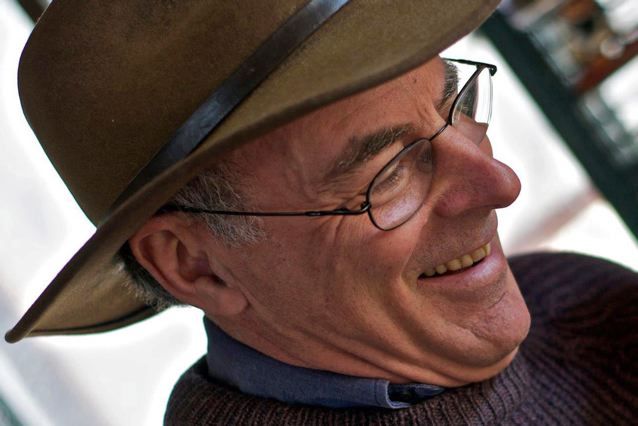Back in 2008, after a year of research and consultations with land managers, politicians, scientists and citizens, I completed a report under contract for Grand County and the Federal Highway Administration entitled “Grand County Scenic Byways Corridor Management Plan.” In light of the many discussions underway regarding the Bishop public lands management proposal, the BLM’s mineral leasing plan, and the fate of the county’s tourism industry, it seems appropriate to dust off at least a portion of this report to give it the wider audience it should have received, in reference not to simply the byways but to pretty much the entire county.
I’m referring right now to Section 7, the “Visitor Experience Plan.” Political forces accomplished the redaction of a good chunk of what I submitted; I present the relevant section here in its original form:
7. Visitor experience plan
Visitors to the byways want a quality experience. What does that mean?
Consider the following findings about what interferes with user enjoyment, by recreation user type (quoting from findings in the BLM’s Draft Resource Management Plan for the Moab area):
Recreation user type: What interferes with their enjoyment:
• Scenic drivers: High traffic volumes, crowded parking areas, crowded campsites, visual resources impairment
• Motorized off-highway drivers: Overcrowded trails, noise (particularly from motorized users), dust/vehicle emissions, and poor trail etiquette by others
• Non-mechanized users (hikers, backpackers, equestrians): Overcrowded trails, noise (particularly from motorized users), dust/vehicle emissions, poor trail etiquette by others, and high speeds of mechanized and motorized users
• River rafters and kayakers: Overcrowding on river corridors and at campsites, noise, and impacts to river corridor scenic quality
• Specialized recreation (BASE jumpers, rock climbers, competitive motorized and nonmotorized trial users): Overcrowding
The commonalities are telling: Visitors find that overcrowding, despoiled countryside, air pollution, noise and bad behaviors interfere with enjoyment. Sounds a lot like the cities most visitors come here to get away from! Thus, the more we let the byways become crowded, ugly, polluted, noisy, and hectic, the less we will have to offer, until the byways are . . . just like anyplace else, except with lots of big rocks.
People come to Grand County’s scenic byways to find something clean, pure, and authentic. Call it the “Authentic West.” Marketers talk about establishing “brand” to sell goods or services. The byways’ innate “brand” is “Authentic West.” For the sake of the byways, the brand is what gives the region its sense of place and what we value about that.
The American land is a central part of the brand “America,” and throughout the world the Authentic West is the most resonant theme of the American land. Grand County’s byways are the heart of the Authentic West that the world desires: Vast, clean, open spaces. Bracingly clean air with a hint of sage or juniper. Virgin ground. Rugged, mysterious, wild. Soaring heights and cavernous canyons. Wild animals. Silence, serenity, darkness. The bones of the earth revealed in countless fantastic forms with crisp details. The rapids are roaring and real, not little trolleys running on rails through recycled ponds. The rocks are hard, not fiberglass. The cliffs are sheer, and most have no railings. You really can die out here . . . or become more alive. Either way, your involvement is direct and fundamental, and no one needs to tell you a story or lead you by the hand to get you engaged—just stop your car and get outside.
That is what we are “selling,” and to the extent that we can “provide” that—or rather, can preserve that— in an uncrowded setting, and with a welcoming local populace, we will have satisfied visitors.
But a brand can be lost or damaged by losing its authenticity, credibility, or reputation, in which case it becomes a sort of “Marlboro Man,” a leftover shell of a lost or wishfully imagined past. The most important aspect of protecting the brand is to protect the resources and experiences the brand is built upon. Thus, while the strategies discussed under all sections of this Corridor Management Plan are important — highway safety is vital, good interpretation and signage improve visitor experiences, and good services and facilities facilitate tourism — for Grand County’s unique situation, resource protection will be the most critical contribution to quality visitor experiences.
Everyone needs to make a living, but instead of just diving into the current feeding frenzy of carving up the spoils of the earth a la the Bishop plan, et cetera, eager to get on with more grubbing and selling, we ought to pause once in awhile and then maybe proceed more cautiously. In particular, we ought to think of ourselves as trustees of the inheritance of not only our own children, but also of the seventh generation from now, or the seventeenth.



